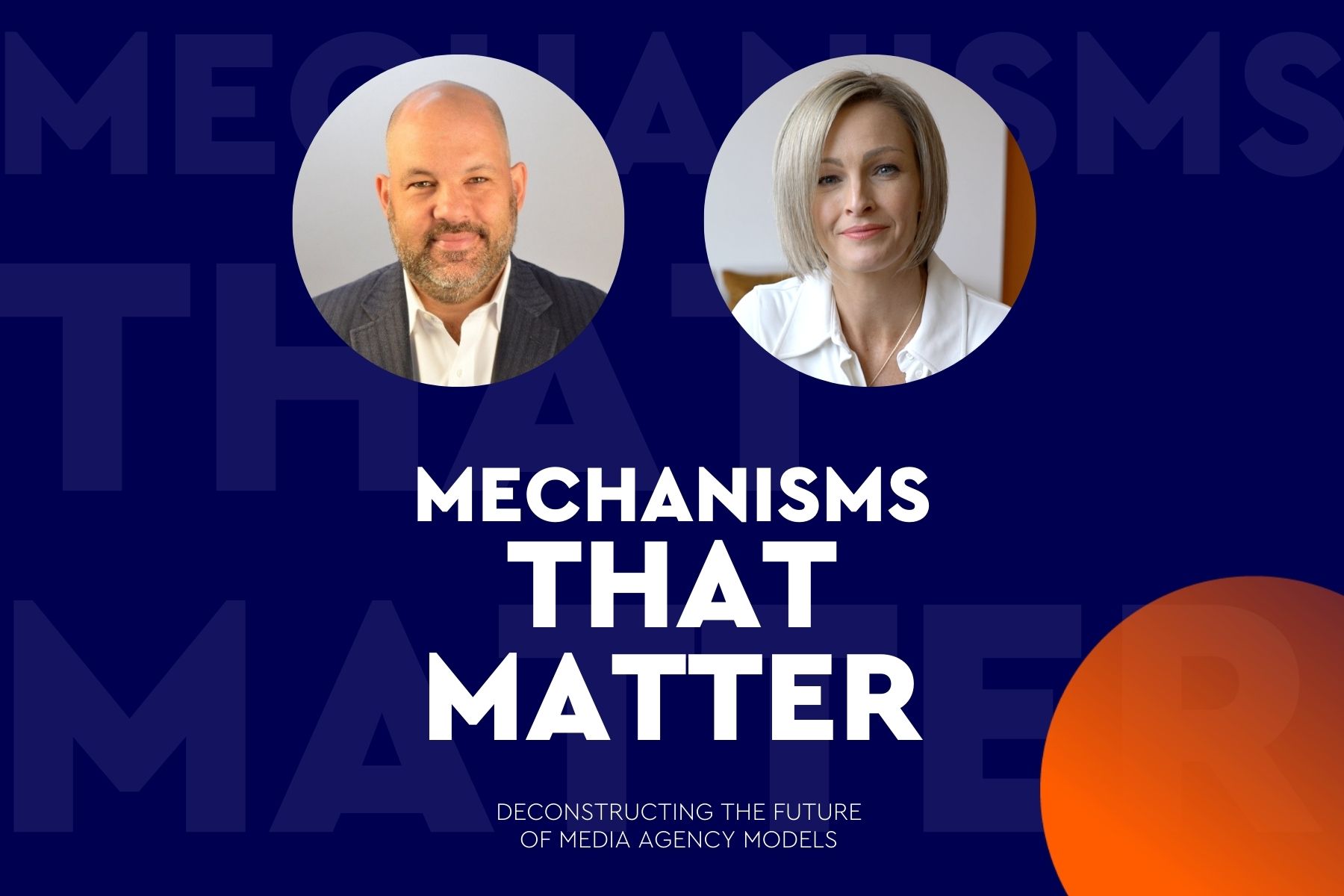
The big picture: an alternative to ROI
Aline Prates of WPP’s VMLY&R presents a reasoned point of view about the use of return on investment (ROI) as the only measure of success for a communication effort
For many years, ROI has become the main measure of success for a strategy. Pursuing only ROI can reduce the chances of having more relevant financial results.
In a very simple way, ROI is the ratio between how much was invested and how much net profit was obtained at the end of the action. So which metric is the most important? The return on investment or the profit itself?
Imagine that you spent 100,000 on a campaign and the net profit was 50,000. We have a 50% ROI. Not bad, right? But now imagine that you spent 10m on a campaign and the net profit was 1m. With that net income, we have a 10% ROI. Smaller than the previous case, right? But the profit, which is what matters to the company, is much higher.
This is the danger of considering exclusively ROI as a success metric. We run the risk of thinking small. We run the risk of losing sight of ‘the big picture’. And ‘the big picture’ of any company is growth, the search for more profit. Thinking small, considering only the ROI, can result in going against two laws that define the way brands grow.
Speak with those who are most willing to make a purchase
One way to try to get better ROI is to talk to those people who are already in the current customer base and who would help deliver greater value for money. But research shows that it is necessary to talk to all possible customers in the category, aiming to increase penetration – which invariably ends up reducing the ROI (more money spent on who we are not sure will convert in the near future).
Byron Sharp's book, How Brands Grow, presents data from the UK's Kantar Worldpanel (formerly TNS Worldpanel), shows that the typical consumer of the soda category buys only one or two units of the largest brand per year. This represents half of all brand shoppers. In other words: among drinkers of this brand, half bought only one or at most two units over an entire year. Frequent consumers of the same brand, therefore, buy three or more times a year, efven for this brand, arguably a big one, casual consumers dominate sales.
To create big and strong brands, it's important to increase penetration, to talk to all possible customers in the category. Even if it is going to reduce the ROI in the short term.
Decrease investment in mass communication and migrate it to conversion campaigns
Reaching an optimised ROI often means spending less on long-term efforts – which take time to yield results – and trying to get a very quick return on sales. In the best case, we would have a campaign with a rapid increase in sales but then decreasing at the same rate.
This reduction in investment in brand building campaigns can be fatal to brand growth. Looking too much for ROI, especially on digital efforts, also tends to 'take credit' for other earlier efforts, leading us to a mistaken analysis of the importance of efforts.
Only focus on the big data – not the long data
With the focus exclusively on ROI, it can also lead to a problem with the wrong information: you start to overthink and overvalue the data you get from short term initiatives: immediate responses, clicks, sales, etc. If you are focusing on getting your money back, this seems to be perfect. When most of the communication budget is used to pay for digital efforts, it's even more appealing: we have more granular short-term data that comes through really fast.
It's important to track the main business metrics over years, not just months or quarters. Right now, in several companies, most of big data is actually short-term data.
All this does not mean that we should abandon ROI. It can be useful when comparing different ways to spend money, for example. But the danger is using it as a priority metric and, therefore, determining a strategy that does not take ‘the big picture’ into account. It's more important to value the profit, the main objective for any company.
Les Binet, one of the ‘godfathers of effectiveness’, has a great quote about it: “Effectiveness first, efficiency second – net contribution to value first. ROI is a useful metric but not the only one.”
I don't know about you, but I'd rather try to keep it in perspective, even if it means dealing with a lower ROI.
published on
30 November 2023
Category
More in Communications

Mechanisms that Matter – Inside WPP | Ford’s revolutionary marketing model
How a process created on the factory floor over 70 years ago has transformed ops for the auto giant

How to build your brand in-game
A new research report from WPP and SuperAwesome

Mechanisms that Matter – Inside our partnership with Audible
How do you take a huge client like Audible from 22 agencies to one thriving networked team?

